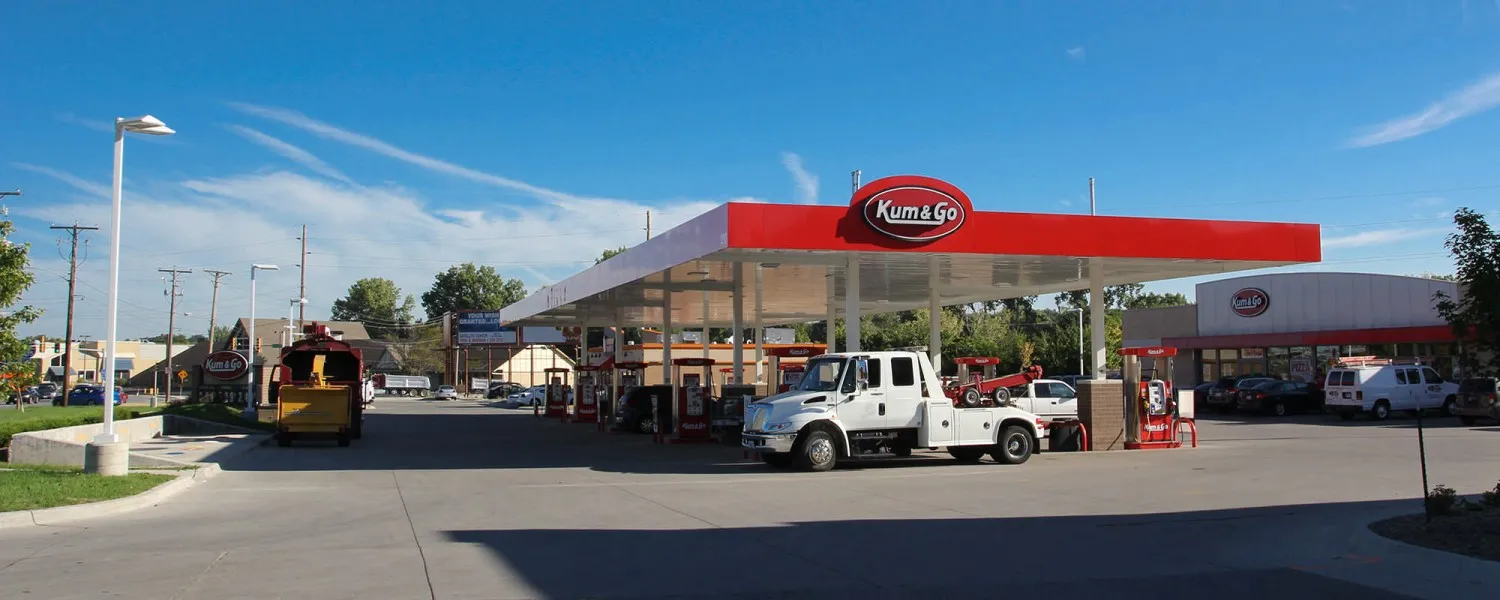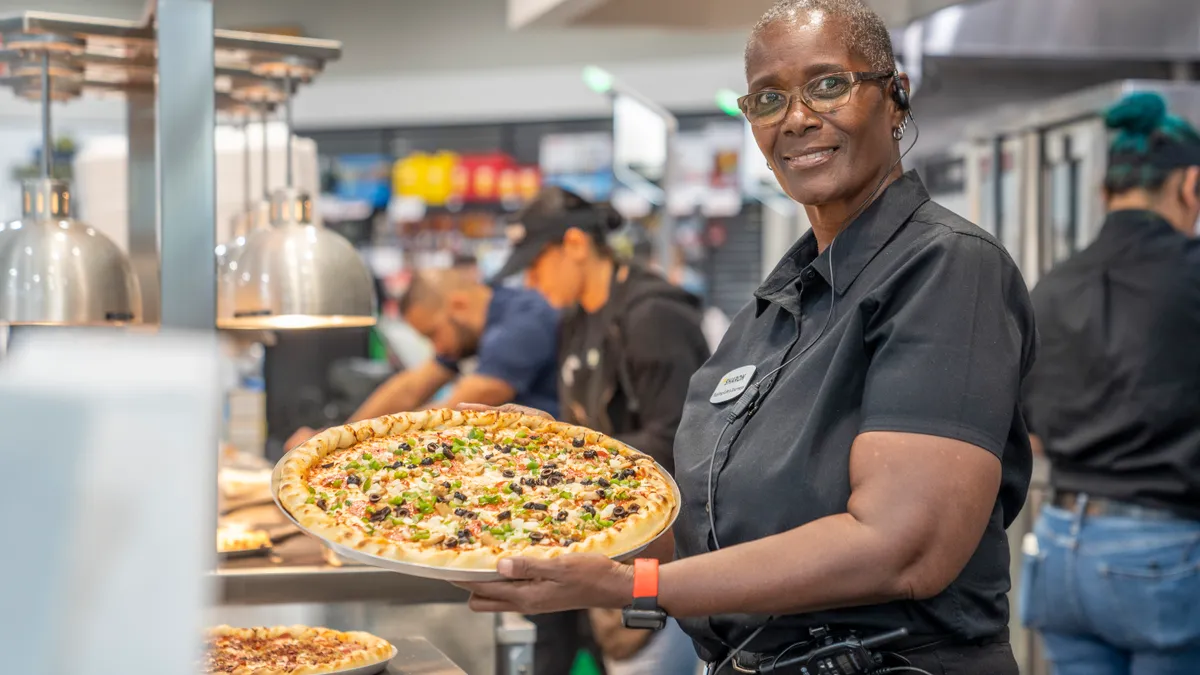LAS VEGAS — Attracting, retaining and engaging employees remains a major challenge for the convenience store industry — one that has been exacerbated by the pandemic, which pushed many workers out of stores and into new opportunities.
To combat this challenge, c-store operators are deploying numerous strategies aimed at elevating their image and showing current and prospective employees that they hear and understand them. They’re also reforming their employment policies and benefits, realizing that they need to do more to meet workers on their terms.
During an educational session at the NACS Show Monday, representatives from several c-store chains shared some of the strategies they’ve implemented to become desirable companies to work for. A key theme was offering opportunities for career advancement and reforming what many people still see as short-term, low-quality jobs.
Here are a few strategies shared by representatives from Kum & Go, Pilot, Love’s Travel Stops and others.
Converting more workers to full time
Three years ago, Kum & Go decided it needed to elevate its image as an employer and also offer better career pathways for its workers. So it converted around 2,000 part-time store workers to full-time roles. The move gave those individuals immediate access to better pay and benefits, giving them the stability — and the drive — to want to advance within the company, said Ashley Quint, division vice president at Kum & Go.
The chain also created a new employee hierarchy and elevated responsibilities for a few roles. Assistant managers began managing overnight shift leaders, while shift leaders gained new expectations around scheduling and store execution. Workers were encouraged to take ownership of a section of the store and be able to track performance as well as lead training sessions — a program referred to as “captainship.”
Kum & Go also barred “clopens” — where a worker would be present for a store’s closing and then subsequent opening the next morning — and required full-time workers to take two days off in a row, a perk that only managers had up until then.

Go digital with employee advocacy and information
RaceTrac, which operates more than 500 stores across several southern states, has a dedicated career website offering information and application tools for workers. The portal includes a description of various jobs throughout the company, a list of the company’s core values and a chatbot to help assist prospective applicants.
The company also features social media posts written by and featuring company employees. A recent TikTok video shows Joe, a store employee, talking about why he enjoys working at his RaceTrac store. Joe is also featured on the company website, underscoring the importance of content continuity across channels, said Nicole Kuhl, brand director at RaceTrac.
“In order to build your brand as an employer, it's more than just the image that you put out to the masses. It's also helping get our team members to be advocates for our companies,” she said.
Offer flexibility
Giving workers more control over their scheduling, training and other functions is becoming an increasingly popular tactic for employers. In a recent NACS employment survey, “the word ‘flexibility’ really popped,” said Jeff Lenard, vice president of strategic industry initiatives at NACS, noting that veterans, elderly employees and young workers are all looking for flexible hours and opportunities.
To help cover the uptick in paid time off that Kum & Go experienced with its full-time worker transition, the company added flexible roles that allowed part-time workers to pick up extra shifts as needed, either at their store or at a nearby location. The roles particularly appealed to college students, who enjoy being able to pick up extra work and don’t require a consistent schedule, said Quint.
Adding flexibility can also mean expanding the ways workers train, develop and engage with the company. Pilot Travel Centers allows workers to use their phones as training tools. The company offers instructional programs on its employee app. It also has QR codes on different pieces of equipment that workers can scan and then view a video showing them how to use and maintain it.
“We’re embracing the phone with our team members,” said Jamie Landis, Pilot’s vice president of team member experience, in an interview.

Highlight success stories
To encourage workers to stick around and try to advance within the company, Love’s Travel Stops publishes a bi-monthly feature via its internal channels called Love’s Ladder Stories. These include a diverse collection of workers that have gotten promoted, like Lewis Taylor, who joined Love’s as an operations manager in 2016 and became a district manager by 2019.
Love’s also runs a consumer-facing blog called Heart Beat that features employee stories and news. One recent post detailed the career journey of food manager Victor Fuentes-Alvarez and how he’s mentoring other workers after nearly 20 years with the company.
Kelsey Ryan, Love’s manager of field HR, said sharing success stories doesn’t require a blog or even a company website.
“Maybe you don't have the company intranet or employee app, but do you have an old-fashioned cork board or bulletin board somewhere where you can put up a story and celebrate somebody?” she said.











